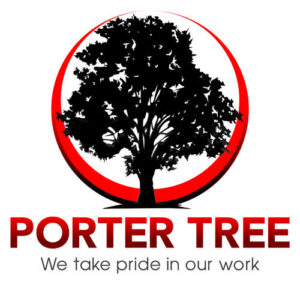Now that the robust, full leaves of summer are starting to fall away, you may be noticing things about your trees that you didn’t when they were more or less covered. Some branches may look looser than others, the trunk may be showing signs of decay, or there could be some areas of splitting. But are these just the results of natural wear and tear, or are they signs that you need to be concerned about? Read on to find out how to identify a “hazard tree” and what you can do to safely deal with it!
How to Spot a Hazard Tree
While a professional will always be able to give you the most accurate assessment of your trees, there are a few things that you should be on the lookout for in order to identify a potential problem. Hazard trees can put both you and your property in danger if not dealt with effectively. Some of the most recognizable signs of hazard trees include:
–Weak branches: Branches that are poorly connected to the tree crack, split, and break off more easily under pressure from wind, snow, ice, or rain. You can spot poor connections by looking at the base of the branch where it connects to the trunk of the tree: Is it in a “V” shape or a “U” shape? “V” connections tend to be weaker; removing the branch altogether or adding some means of support are two ways to address this issue.
–Rot and Decay: While you may not be able to identify the exact cause of your tree’s decay (whether it is a disease, infestation, or age), noticing areas of rot is relatively easy. Look out for discoloration, fungi growth, and peeling bark; these are typically the most visible signs of decay.
–Changes in Patterns: Has there been a drastic and significant difference in weather in your area recently? Have you begun to use herbicides, pesticides, or new fertilizers around your tree? While trees can adapt to their environment to an extent, a big enough change could put its health at risk and set in motion a chain reaction of negative consequences. Talk to a professional tree specialist to determine whether a change in the life of your tree could be potentially dangerous for it.
We will be at the Maryland Home and Garden Show this weekend! Come see us!
Want to find out more about Porter Tree Services? Keep checking in with our blog, and be sure to follow us on Facebook, Twitter, Google+, and Pinterest for all the latest news!
